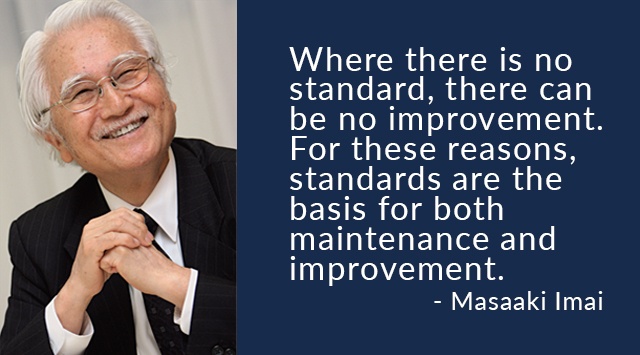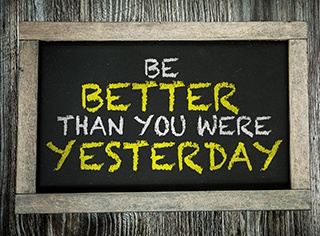How to Improve Maintenance Management with Kaizen and CMMS

You may be asking yourself, "What the heck is Kaizen?" Well, here at SOMAX we're always excited to talk about interesting maintenance topics, and this is one of them. The information presented may be old hat to some readers, but others may find something new and useful, so here goes. Kaizen is a Japanese term that means "change for better". Organizational management consultant Masaaki Imai created international momentum for the term when he applied it to maintenance and management, leveraging the concept of continuous improvement to turn Kaizen into a synonym for organizational management success. We've taken a look at Kaizen and pulled a few key points that we think you'll find interesting, and might even give you a few ideas on improving your own maintenance department.
1. Everyone is a Part of the Improvement
Kaizen includes everyone in the organization, with emphasis put on hands on workers and ground floor employees. While directives may come from the top, the condition of the ground floor employee must be taken into account and accommodated for. In maintenance this means your techs, mechanics, and machine operators. These invaluable people are what stands between your organization and potential calamity, so their condition must be optimized. As related to CMMS, it is important to utilize tools that assist your employees in their ongoing efforts to keep your organization running smoothly. From scheduling preventive maintenance to tracking part use, an organized CMMS can simplify the process. By giving your team the tools they need, and treating them like the valuable members of the organization they are, you ensure the continued success of your operation.
2. Test, Test...Then Test Again
Kaizen is built on testing your ideas and results, determining what is going right and what can be improved within your operation. By using the scientific method to test your theories, and continuously create better ones, you develop and environment in which improvement is the key indicator of success. A good CMMS assists this process by keeping employees accountable for work, ensuring work is done correctly and on time, and maintaining an accurate history of work performed, measurements taken, and parts used to ensure that each time maintenance is needed, there is a reference from which to build upon. If assets or equipment break down, the processes used to fix it, including preventive maintenance routines, can be easily attained and potentially improved upon. These records form the knowledge base that keeps your operation smooth during employee changeever and any other factor that places a new person on duty to maintain your valuable assets and equipment.

3. Continuous Means, Well, Continuous
Here's one where we all have the chance to falter. For continuous improvement to be effective, it must be ingrained into the very fabric of your operation. There can be no days off from improving upon processes, lest your organization take a step backward. Imai is a major proponent of the plan, do, check, act system, which, when implemented consistently, means you are constantly planning, doing, checking and acting, simple right? Where we have the chance to falter is when we think we've done one of these steps enough, and we let our guard down. Each process that you have in your operation should be constantly under the scrutiny of the system, especially preventive maintenance, otherwise your operation will continue to experience the same issue. Using your CMMS to drive this continuous improvement means you're improving both your systems, and how you manage them. Building from point number two, you can use the knowledge stored in your CMMS as analytics and indicators of successful and failed projects, maintenance activities, and programs. If you've integrated with the Internet of Things, the mountain of data that you'll be able to analyze and use to make improvements will only aid in this continuous process.
In all, Masaaki Imai offers an abundance of resources and ideas for continuous improvement with Kaizen, we've just highlighted a few. No system is perfect and we're always trying to highlight new ways to approach maintenance management and maintenance management software so if you have another idea, or a comment about this article we'd love to hear from you below.
If you'd like to learn more about SOMAX please visit www.somax.com.

